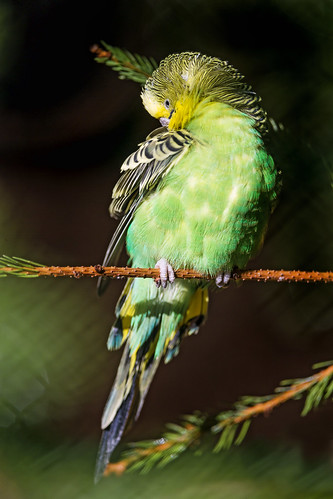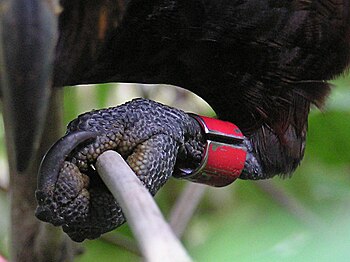 |
| Mallard Duck Hen - Photo: Maxpixel |
Ducks are the commonly found pets and social birds too. They can be easily raised by human beings. Though these pretty birds fear the human, it is quite easy to raise the ducklings. Pets are just like our children, they understand the language of love and compassion. So, if you are thinking of raising Mallard ducks, then some tips given below can be quite useful.
1. Caging
Cages are very important for the raising Mallard ducks . It is always good to raise more than one duckling since these social pets love the company of others. Initially, these cute pets can be stored in cages with some material that can be the source of warmth for them. In the absence of their mother duck, these ducklings need to grow in the similar and natural warmth, isn't it? The ducklings with their mother do not need any heat source since the mother takes complete care of them.
. It is always good to raise more than one duckling since these social pets love the company of others. Initially, these cute pets can be stored in cages with some material that can be the source of warmth for them. In the absence of their mother duck, these ducklings need to grow in the similar and natural warmth, isn't it? The ducklings with their mother do not need any heat source since the mother takes complete care of them.
As the ducklings are raised, one can find them moving around in the time span of 2 to 3 weeks. These birds generally look for warmth in the beginning. After they grow to ducks within 4 to 5 weeks, one can see them moving in any type of environment, either warm or cold. The cage for one duck is generally larger in size that measures around 10 sq. ft.
2. Water
Raising Mallard ducks cannot be done without sufficient water. If ducklings are alone, then, little water is supplied for them. Ducklings without their mother cannot swim because they cannot produce the oil for their features that help them to swim. Due to this, we need to be careful because these cute pets might drown. When they are with their mother, the duck oils the feathers for her ducklings and then they can swim easily. For the ducks, ponds are the best for swimming. Even when they can leave without them, it is always good to have an artificial pond to keep the ducks happy.
3. Food
Ducklings love to have fresh greens and weeds. Game bird starter feed is also good for them. Once they grow to ducks in 5 weeks, one can change their feed to the game bird grower feed. You can also try a special duck feeder that can be easily available in the pet stores that provide the feed for raising Mallard ducks. Drinking water can be stored in a large clean bowl for the ducks.
4. Shelter
Shelter plays very important role in raising Mallard ducks. Shelter protects them from the heat, rain, snow, and cold. A wooden shelter can be easily made for the comfort of your beloved pets.
5. Special Care
The health and happiness of the ducks can give them a longer life. Your ducks need special care and for that, some tips below can be useful in raising Mallard ducks.
1. One needs to take them out of the pen daily.2. After that they are free searching for food, flying and swimming3. Keep a watch on your ducks to protect them from predators4. Cleaning their cage is very important5. Make sure that the floor for the ducks is not too hard for them to walk
So, finally, your pets need a lot of food, water, shelter, and care too. Well, raising Mallard ducks is quite interesting and can be done will complete care of the pets.
Are you looking for more tips on raising Peking ducks or Mallard ducks? If you think you still need guidance on where to start, consulting existing duck owners and farmers will certainly be a big help. If you would like to learn more about raising ducks correctly, click here: howtoraiseducks.com Article Source: EzineArticles |















